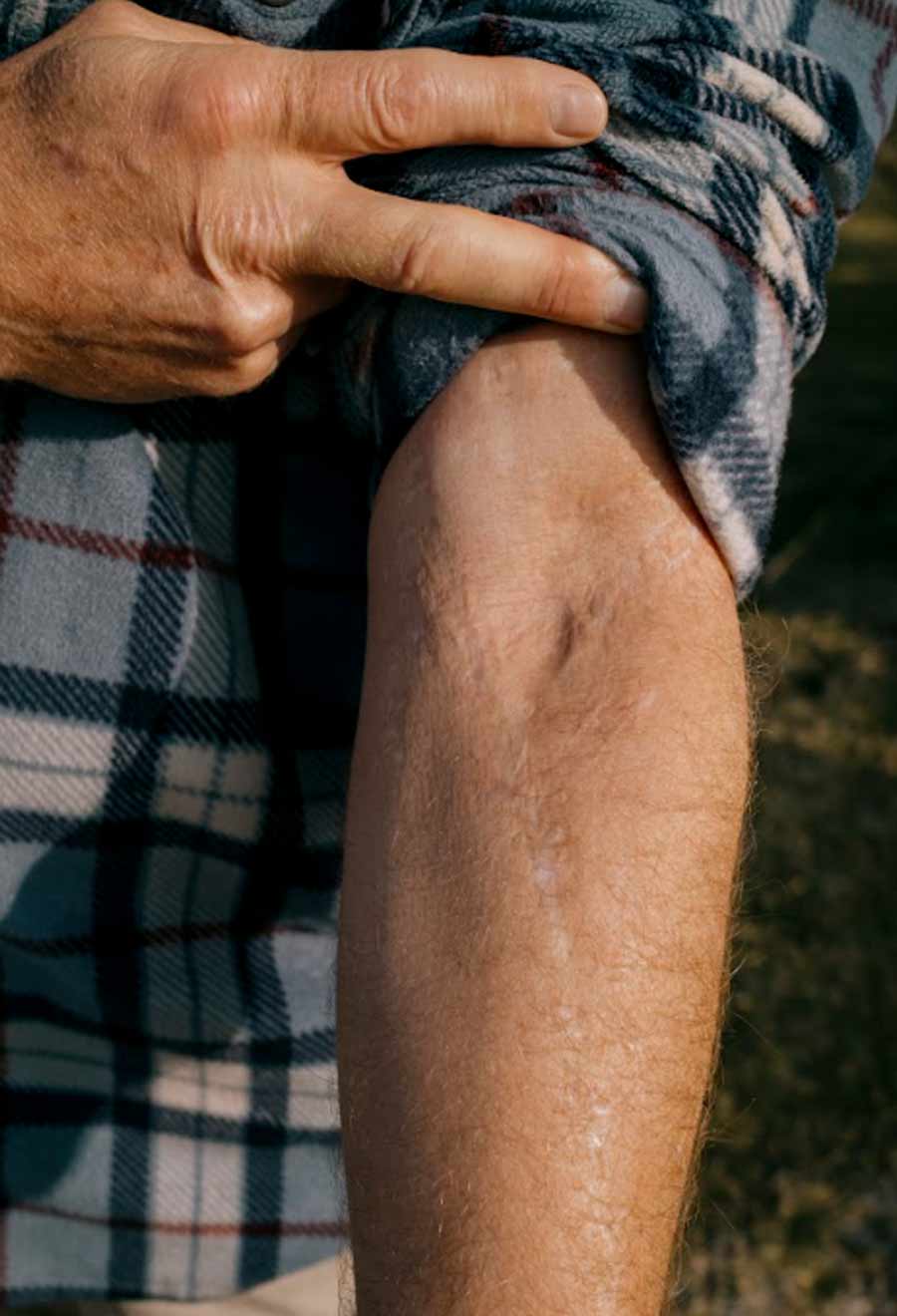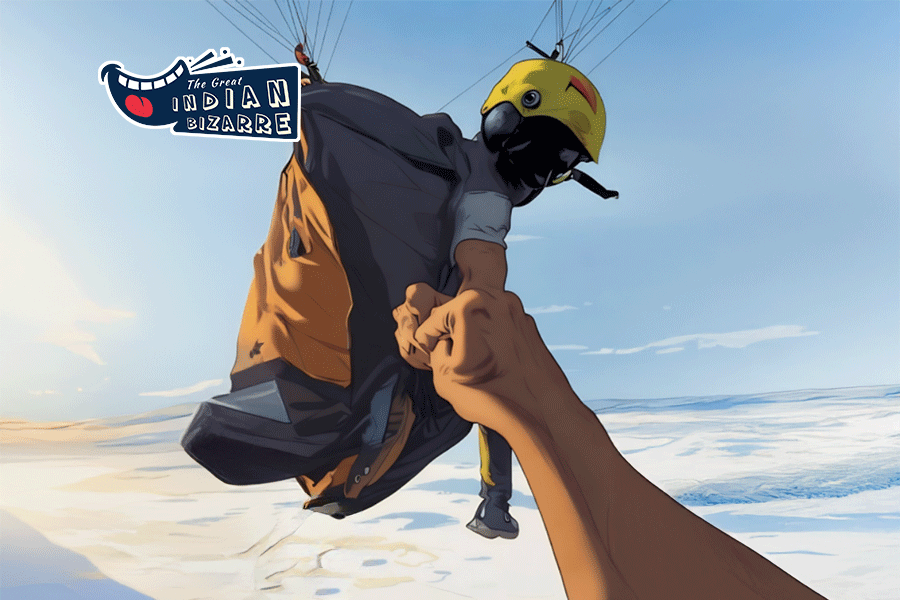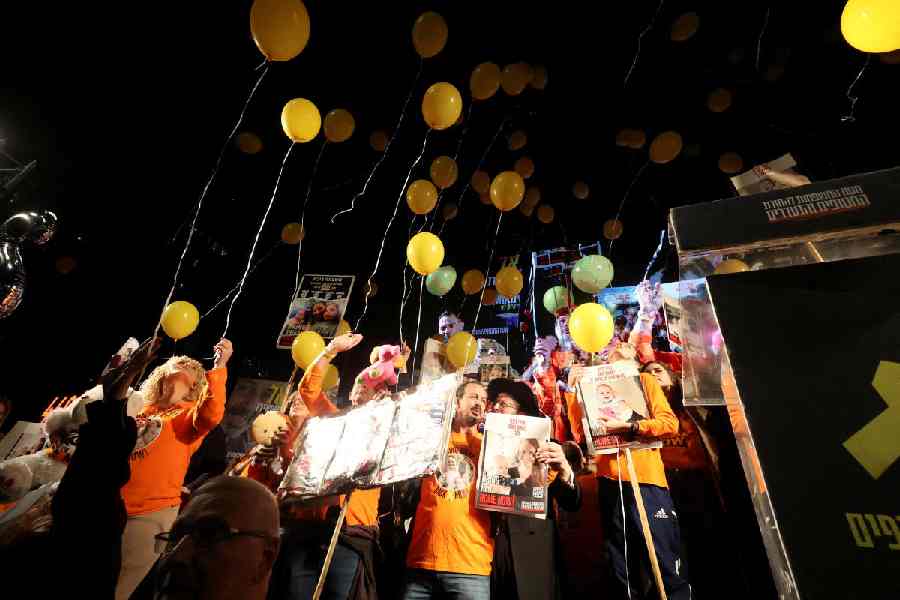 Sunday, 19 January 2025
Sunday, 19 January 2025
 Sunday, 19 January 2025
Sunday, 19 January 2025
To produce the best of the best, the Navy’s elite TOPGUN flying school puts fighter pilots through a crucible of intense, aerial dogfighting maneuvers under crushing G forces. But behind the high-speed Hollywood heroics that the school is famous for, the Navy has grown concerned that the extreme flying may also be producing something else: brain injuries.
This fall, the Navy quietly began a confidential project, code-named Project Odin’s Eye, to try to find out. The effort will collect about 1,500 data points on brain function for each TOPGUN pilot who flies the Navy’s workhorse fighter jet, the F/A-18 Super Hornet, according to communications by the project’s staff. The goal is to understand the scope of the problem and identify pilots who are injured, the communications said.
Some pilots say the effort is long overdue. In interviews, more than a dozen current and former Navy fighter-crew members said that years of catapult launches from aircraft carriers and body-crushing, high-speed maneuvers can take a cumulative toll. At the end of their careers, they said, some top performers become confused, erratic and consumed by anxiety and depression.
Pilots said the symptoms are routinely dismissed as unrelated mental health problems. In addition, they said, pilots often hide symptoms in order to keep flying.
Some eventually fall into a tailspin. In the past 18 months, three experienced Super Hornet pilots have died by suicide. According to their families, all had symptoms consistent with brain injuries.
Officially, the Navy denies that there is a problem. In a statement to The New York Times, a Navy medical spokesperson said the Navy “has no data or research to prove any relationship between concussive injuries and either carrier takeoffs/landings or routine combat maneuvers.”
Even so, for years the Navy has quietly sent pilots to civilian brain injury clinics and has funded research suggesting that the conditions crews experience in jet cockpits could cause brain injuries.
Project Odin’s Eye was created this year to look for brain injuries in Navy SEALs. It expanded in November to include TOPGUN aviators, according to project communications viewed by the Times. To quickly address a pressing need, the project began without formal approval from Navy Medical and Air Commands, according to a Navy official, who asked not to be named in order to discuss the confidential program. Higher Navy command may not yet be aware of it, the official said.
A Navy Special Warfare spokesperson confirmed the existence of the program.
For years, the Navy has studied how much force a pilot can tolerate in one flight, and generally maintained that brain injuries happen only when something goes wrong. But it has paid little attention to the cumulative effects of the hundreds of flights that occur within a career, and evidence has been mounting across the military that repeated exposure to routine operations can damage brain cells even if the operations go right.
Most of the concern has focused on ground troops, such as artillery and mortar crews, grenade instructors and Navy SEALs, who are frequently exposed to blast waves. If fighter crews face the same risk, it could have vast implications because of the Navy’s huge investments in aircraft carriers and high-performance jets.
The name Odin’s Eye refers to a Norse legend about a god who sacrifices an eye to gain knowledge. Whether the project will find widespread injuries in pilots’ brains is far from clear. Still, the fact that the Navy is now investigating shows that it is concerned about the risk.
“No one is talking about it, but this is a big problem,” said Dr. Kristin Barnes, who flew in a precursor to the Super Hornet, the F-14 Tomcat, as a radar intercept officer for 22 years and then became a doctor. “When you launch from the carrier, you accelerate from zero to almost 200 miles per hour in two seconds, and your brain gets squished to the back of your skull. You can heal from that once — you can heal from it 10 times. But I did it 750 times.”

The human brain has a consistency similar to that of Jell-O, and it holds 100 billion neurons connected by biological wires so delicate that 150 of them could fit within a single human hair. Enough force whipping through the brain can cause those connections to tear.
The brain can compensate, sometimes for years, by rerouting signals through healthy connections. But doctors and scientists who have studied repetitive head injuries say the damage can build up, and if enough routes become blocked, normal functions veer off course.
A decade into her career, Barnes started wondering why she was having so many problems. She had grown sensitive to noise and light, and developed vertigo and heart palpitations — all potential symptoms of brain injury.
By the time she retired in 2015, she was spacing out at work and forgetting entire conversations. She had always been a top student, but nearly flunked out of medical school. It was years later that a civilian doctor told her she probably had a brain injury.
“For a long time, I thought I was the problem,” said Barnes, 55. “It never occurred to me that flying could do this to me.”
In aerial dogfighting, a jet veers and dives at more than 500 mph, sending brain tissue on an extreme roller coaster ride that may tear connections between cells, several neurologists said. At the same time, the force of the turns drains blood from the head, potentially starving the brain of oxygen.
“Those turns look graceful from the ground, but inside the cockpit you are vibrating like crazy and fighting to stay conscious,” said Mark Keller, who flew in the back seats of Navy fighters as a weapons officer from 1996 to 2012.
In extreme cases, crew members can black out. But even in routine training maneuvers, he said, crews often “gray out” by flying so close to the limit that their vision fades to a narrow, colorless tunnel.
“Obviously, that’s not good for you,” Keller said. “And I think it might explain a lot about what happened to me.”
By the end of his Navy career, Keller, once happy and easygoing, was getting into fistfights with fellow officers. After the military, he started smoking marijuana to cope with crippling anxiety and depression, and then began injecting cocaine.
“My whole personality changed,” he said. “I was completely unregulated and unable to make good decisions.”
Fighter pilots said they received little safety education concerning brain injuries. Many are unaware of the potential causes or symptoms. Keller sought treatment for depression and addiction, but never thought to ask about a brain injury.
There are few publicly available studies on the neurological effects of flying fighter jets. Two of the most recent each found that pilots had decreased brain function compared with control groups.
Those findings match what some doctors who specialize in brain injuries say they have seen in pilots.
Russell Gore was an Air Force flight surgeon before becoming a civilian neurologist. In 2019 the Navy sent him a half-dozen fighter pilots who were experiencing issues with memory, clouded thinking and anxiety. To him, they resembled veterans he had treated who had been repeatedly exposed to blasts. He took his concerns to the Navy in 2020.
A doctor at the Department of Veterans Affairs who treated several pilots in 2021 reached a similar conclusion.
In a statement, the Navy said that factors other than flying may cause brain injuries in pilots and that “no blanket conclusions can be drawn.”
The lack of awareness of brain injury risks in fighter squadrons may have allowed a number of pilots to fall apart without proper help.
Capt. Jake Rosales was a hotshot among hotshots. He aced TOPGUN, became one of its leading instructors and made the toughest dogfighting moves look easy.
“He was almost the perfect pilot,” said Jeff Fellows, who was a fellow instructor. “He could fly the jet to the very edge of the envelope.”
By the end of his career, though, after 23 years of catapult takeoffs and skull-shaking turns, Rosales grew forgetful and depressed. The Navy had trained him to make quick, clear decisions, but he became so consumed by anxiety that even simple choices sometimes seemed impossible.
One night in 2020, he went to the market to buy cheese for a family taco night, but he called his girlfriend upset because he was unable to decide which of the store’s three shredded Mexican blends to buy.
“He was completely fraught,” his girlfriend, Anne-Marie Avanni, recalled in an interview. “The anxiety could be paralyzing.”
Unaware that he might have a brain injury, he began to see himself as a failure. In the summer of 2023, he died by suicide, alone on a beach near San Diego.
At first, his death was widely seen as a tragic outlier. But then a second pilot died by suicide in January 2024. And then a third in March. All three were in their 40s; they all flew Super Hornets.
After the deaths, the Navy scrambled to ramp up mental health resources in fighter squadrons, but missed a rare opportunity to understand the physical side of the problem.
There is no available test that can definitively detect the microscopic damage caused by repeated subconcussive injuries in a living brain. They can only be diagnosed postmortem by a few specialized laboratories.
The Defense Department has such a lab, but no one thought to send Rosales’ brain tissue to be tested after he died, his friends and family said.
Those close to Rosales describe a decline that neurologists say is consistent with brain injury.
He started flying Super Hornets in 2003 and was chosen in 2007 to attend TOPGUN. For three years, first as a student and then as an instructor, he flew high G-force maneuvers nearly every day — sometimes twice a day.

By the time he was promoted to captain in 2021, he had flown 3,281 hours and made more than 400 carrier landings. But years of hard flying were changing him. He developed headaches and panic attacks, mood swings and severe memory lapses.
Lisanne Rosales, his wife at the time, said she urged her husband to seek counseling, but Navy regulations can restrict pilots with a diagnosed mental health condition from flying. If he disclosed his issues, she recalled him telling her, the Navy would ground him, effectively ending his career.
The couple lived apart for several years, and divorced in 2021.
“I think the Navy failed him,” Rosales said. “He didn’t feel he could talk about his mental health issues, so he white-knuckled them in silence.”
Several other pilots said in interviews that they, too, hid symptoms, and continued to do so in civilian life because of similar restrictions for commercial pilots.
Two men who flew with him were secretly struggling with similar problems.
Scott Walters was a fellow TOPGUN instructor who flew in Rosales’ back seat. Halfway through his career, he started having episodes where his heart felt as if it would beat out of his chest. He became depressed, started drinking before work, became suicidal and was eventually forced to retire.

“I was really, really out of control,” he said. “I couldn’t figure out what was wrong with me.”
Ian Gorski also flew in the captain’s back seat. He developed unexplained anxiety attacks that made him vomit before work, and his thoughts began to skip around half-finished, he said, “as if I had 20 squirrels running around my brain.”
He sought counseling after leaving the Navy, but said he never considered that he might have a brain injury. When told recently about Rosales’ struggle in the supermarket, Gorski started to cry.
“There is no way the man I flew with couldn’t pick out cheese,” he said. “He was almost a god. No one was better. It makes no sense.”
Then, after a long pause, he added: “But I’m having a lot of the same issues. A lot of us are.”
—
If you are having thoughts of suicide, call or text 988 to reach the 988 Suicide and Crisis Lifeline or go to SpeakingOfSuicide.com/resources for a list of additional resources.
The New York Times News Service







